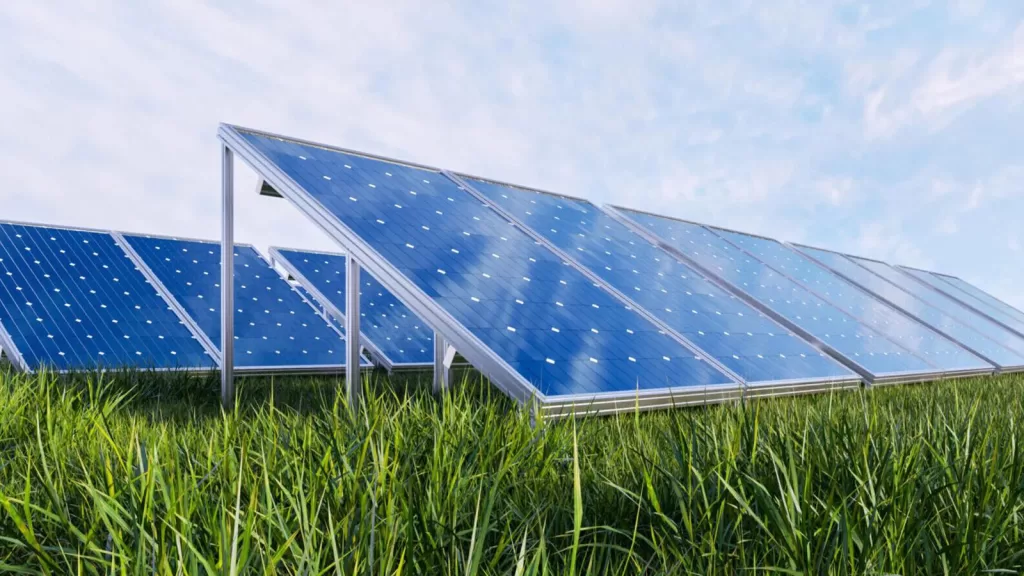Table of Contents
Italy Bans PV Installations on Agricultural Land
The Italian government has introduced a decree prohibiting the establishment of large-scale solar plants on productive agricultural land to prevent desertification.
Minister of Agriculture Francesco Lollobrigida stressed the need for photovoltaic systems to align with agricultural activities. Concerns about changes in land use and the need to protect agricultural functions have led to restrictions on solar installations in agricultural areas.
Although there are advantageous tax benefits for agricultural businesses and farmlands, setting up ground-mounted solar panels changes land utilization, leading the government to restrict such activities. However, agrivoltaic facilities are exempt from this prohibition.
Alternative locations for energy generation remain available, including quarries, mines, state railway concessions, airport areas, motorway protection zones, and industrial premises, among others.
Lollobrigida assured that ongoing projects will be protected by the government.
He emphasized, “Legal certainty is paramount. The regulations will apply to future developments and not retroactively to existing projects where companies have already made legitimate investments.”
The new provisions have faced criticism from the local photovoltaic (PV) sector.
The Italian trade body Italia Solare raised worries, saying, “The government’s plan to limit solar panel installations on farmland, as mentioned in the Council of Ministers’ briefing, seems unnecessary and ignores previous agreements.”
In contrast, Italian agricultural association Coldiretti supported the initiative to curb speculation by major investment funds, which has endangered agricultural activities. The association has advocated for identifying appropriate sites for ground-mounted PV systems.
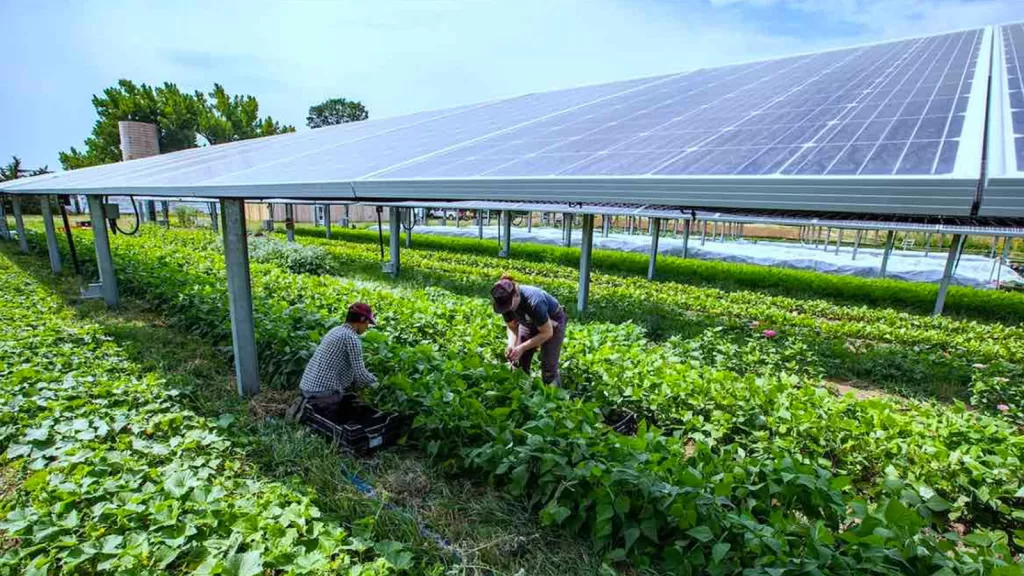
Ireland Launches €20 Million Energy Research Fund
This year, the Irish Sustainable Energy Authority (SEAI) revealed a €20 million government investment in energy research and innovation. This funding is specifically for energy research development and demonstration (RD&D) projects to help Ireland transition to more environmentally friendly energy sources. Over 240 projects have been completed since 2018, mainly focusing on areas such as energy systems integration, efficiency, markets, and smart grids.
This year’s proposal submissions are welcome for projects that aid Ireland’s shift to clean energy. The focus is on 20 specific themes co-created by SEAI, government departments, and agencies. These topics cover areas such as low-carbon heat and power, improving energy efficiency in existing buildings, energy storage, and sustainable energy communities. Public and private research organizations from diverse fields are urged to apply for funding before June 13.
Eamon Ryan, the Environment Minister, highlighted the importance of new technologies and solutions to build a sustainable, reliable, and affordable energy system for Ireland’s move towards clean energy. Ireland targets achieving 80% renewable energy in its market by 2030, including 8 GW of solar power. By 2023, Ireland had 738 MW of solar capacity installed. Key developments include the launch of Ireland’s largest battery facility and the implementation of a home energy loan program to promote the uptake of heat pumps, solar power systems, and solar water heaters.

Netherlands Approves Grid Fees for Rooftop PV System Owners
The Dutch Authority for Consumers and Markets (ACM) examined the fees charged by four energy companies – Budget Energie, Vattenfall, Eneco, and Engie – to homeowners with solar panels. The ACM found these fees to be fair.
These fees are based on higher buying costs, increased imbalance expenses, and net-metering expenses that the energy companies have to pay when customers have solar panels. The ACM clarified that these fees are not for making money but to balance out lower rates for customers without solar panels.
Furthermore, the regulator mentioned that people with solar panels face complicated contracts from energy companies, making it hard to compare and choose the best deals. The ACM urged companies and comparison platforms to make contract comparisons simpler.
According to www.keuze.nl, grid fees can vary from €100 ($107.81) to €697 depending on the size of the solar panel system. In 2023, the Dutch solar market grew by 4.82 GW, as stated in the “Nationaal Solar Trendrapport 2023” report by Dutch New Energy (DNE) Research. Residential installations accounted for about 2.5 GW of this new capacity, up from 2.2 GW the year before.
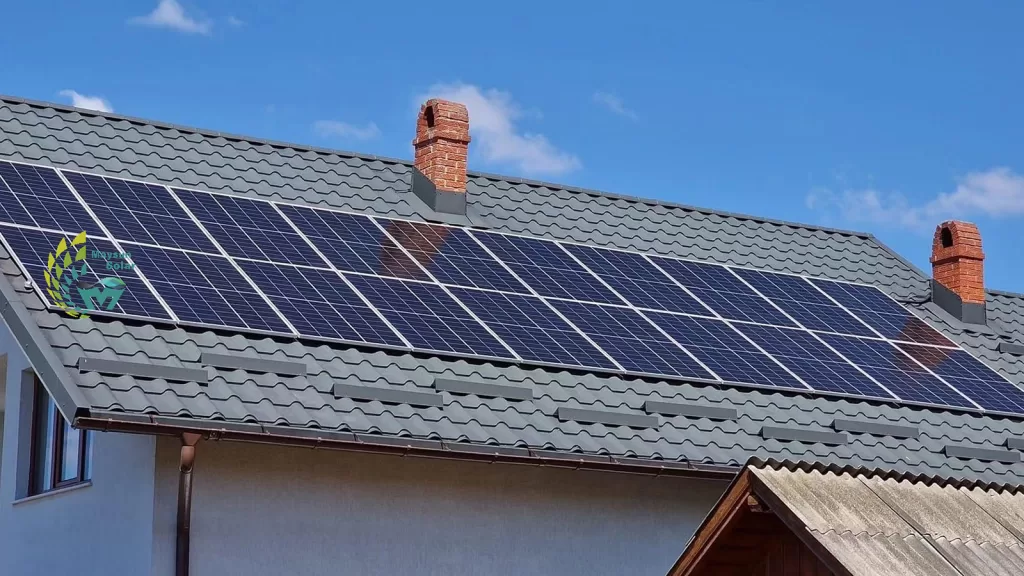
European Consortium Aims to Streamline Agrivoltaics Design
A European team started a two-year research project this year with a €2 million budget to study crop yield, solar panel production, and water use on farms. They want to use the findings to create new models and software.
The study includes testing solutions in Europe’s Nordic region using both overhead solar panels and ground-mounted systems. They will look at placing solar panels between rows of crops in different ways. The research will also consider how much water is used.
They will make software that can mix different crops and solar panel setups. This software will have a map function for farming with solar panels and help estimate crop and energy production.
It will work with a platform made by Glint Solar from Norway, which developers use to plan and design solar projects together. Some research results will be shared publicly.
The group working on this project is made up of Glint Solar from Norway, Kilowattsol from France (a French expert in combining agriculture and solar energy), Danish Renewables from Denmark (a company that works on solar projects), and Fraunhofer Institute for Solar Energy Systems (Fraunhofer ISE) from Germany.
Xavier Daval, the CEO of Kilowattsol, stressed that when using land for both solar panels and farming, it should help solve problems, not make them worse.
This project is one of the latest efforts in Europe to study how solar panels can be used on farmland. For example, in Germany, Fraunhofer ISE is trying out using solar panels to give shade to young trees. In France, they are working on improving profits for farmers by producing solar power alongside certain crops and using solar technology to improve olive farming.
Study Reveals High-Albedo Ground Reflectors Boost Bifacial Solar Plant Yield by up to 4.5%
Researchers at the University of Ottawa in Canada studied how using a special mirror on the ground can increase electricity production in big solar power plants with two-sided panels. They found that this mirror can make the plant produce up to 4.5% more electricity. The main researcher, Mandy Lewis, said it’s important to place these mirrors right under the solar panels for the best results. This research is especially important for Canada because cities like Ottawa and Toronto have snow covering them for many months each year.
The study was done using a 75 kW solar panel system that follows the sun’s movement in Colorado. They tested one row of special solar panels that can absorb sunlight from both sides, collecting data every minute for four months to see how much power they produced every 15 minutes.
They used a special mirror material from Germany that reflects a lot of sunlight and doesn’t get damaged by the sun. By testing five different ways of placing these mirrors, they found that covering the whole ground or part of it directly below the panels worked best, rather than putting them between rows.
By comparing how well the solar panels worked with and without the mirrors, they saw that adding these mirrors increased the yearly power from the sun by 8.6% and made the system produce up to 4.5% more electricity. They found that putting the mirrors right under the solar panels was the best way to get the most out of them, no matter their size.
After looking at how much money installing these mirrors would cost, they found that it could range from $2.50 to $4.60 for each square meter. They also said that making money from these mirrors depends on where you put them and how sunny it is, advising against using them in places where the solar energy might be too strong for the system to handle. This research is helpful for countries like Canada and places with cloudy weather, as it showed a bigger increase in power in cloudier cities like Seattle compared to drier areas like Tucson. Another study at the University of Ottawa introduced a new method to measure how well these special solar panels work by considering the type of ground they’re on.
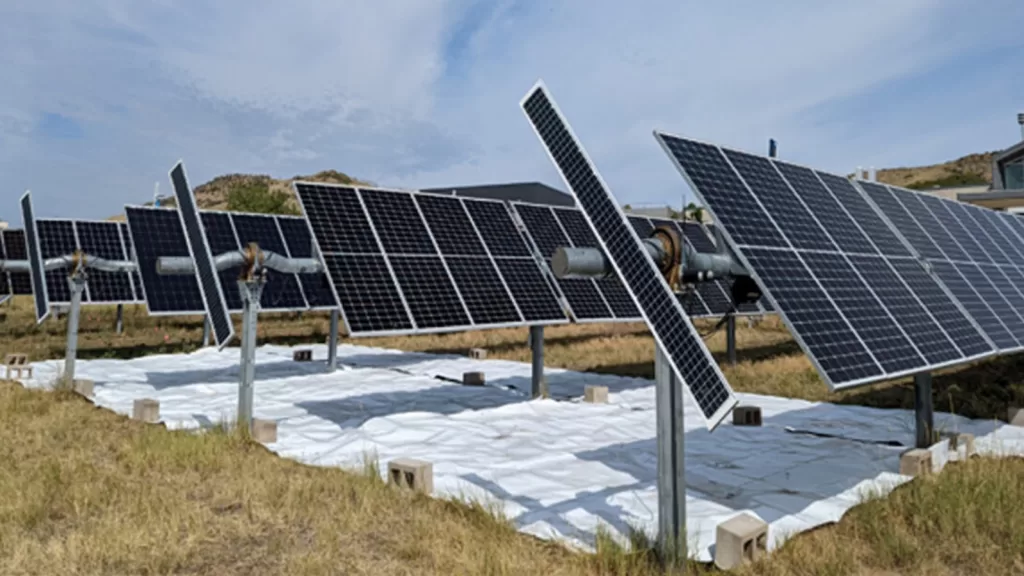
Passive Solar Tracker Wind Stowing Boosts Energy Production
When it gets very windy, big solar power plants automatically move their parts to a safe position to avoid damage and reduce the time needed for repairs. Strong winds can make solar panels shake and turn, which can cause small cracks, bending, or even breaking.
But storing the solar equipment in a safe position can lead to less electricity being produced because they can’t follow the sun actively like some systems do. Array Technologies, a company that makes solar tracking systems, worked with an engineering firm called DNV to study a different way of moving the equipment when it’s windy, called passive stowing. They looked at how much energy is lost with different methods of moving the trackers in the wind, considering things like how fast the wind blows before they move, which way the wind is coming from, how long they stay still, the speed needed to start moving again, the angle they move at, and the direction they move in.
In Array’s passive system, most rows of solar panels keep following the sun as normal even when the wind makes them stop. By simulating a windy day with DNV, Array found that only some outer rows and 17% of the inner rows stopped tracking as they should. On the other hand, the active system moves all the panels away from where the sun is shining when the wind is not too strong, without considering the wind direction.
The research showed that there was a big difference in how much energy is lost between the passive and active systems. The passive method only led to a 0.05% loss in energy each year, while the traditional active way caused an average loss of 2.8% every year. According to DNV, the usual active system could result in up to a 4.3% yearly energy loss.
The report mentioned that costly weather events, especially those caused by wind, have been increasing. Wind-related incidents are now one of the top reasons for big insurance claims in the past thirty years. Array’s passive wind movement technology not only helps reduce these risks by keeping the system working well during windy times but also makes it easier to predict how much energy will be produced.
Both Array Technologies’ DuraTrack and OmniTrack products incorporate passive stow technology.
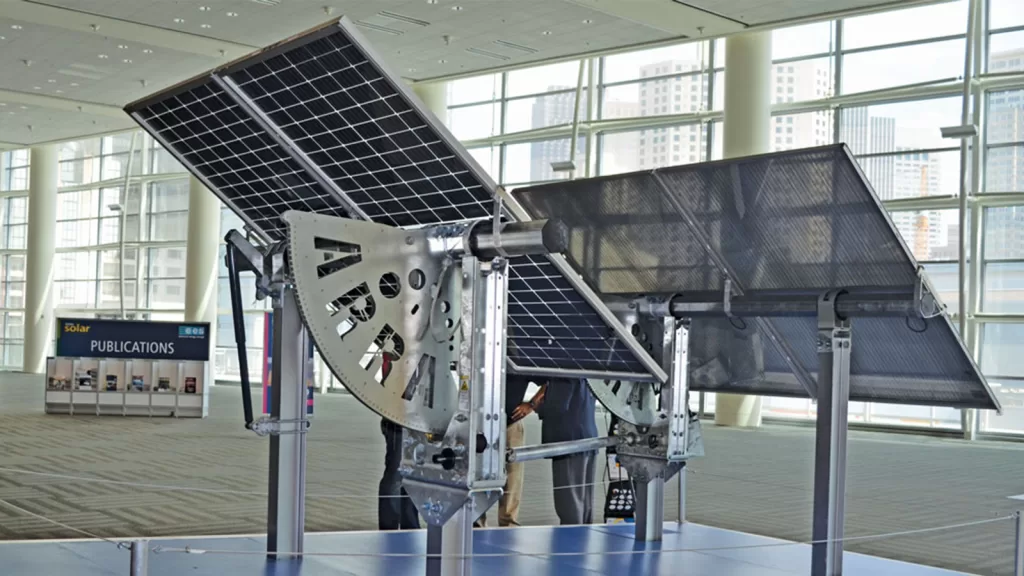
Maysun Solar has been specialising in producing high quality photovoltaic modules since 2008. In addition to the Balcony Solar Power Station, Maysun Solar offers wide variety of full black, black frame, silver, and glass-glass solar panels that utilise half-cut, MBB, IBC, and HJT technologies. These panels offer superior performance and stylish designs that seamlessly blend in with any building. Maysun Solar successfully established offices, warehouses, and long-term relationships with excellent installers in numerous countries! Please contact us for the latest module quotations or any PV-related inquiries. We are excited to assist you.
Reference:
Thompson, V. (2024, May 6). European Consortium seeks to streamline agrivoltaics design. Pv Magazine Internationa. https://www.pv-magazine.com/2024/05/06/european-consortium-seeks-to-streamline-agrivoltaics-design/
Matalucci, S. (2024, May 7). Italy bans PV from agricultural land. Pv Magazine International. https://www.pv-magazine.com/2024/05/07/italy-bans-pv-from-agricultural-land/
Bellini, E. (2024, May 8). Research shows high-albedo ground reflectors increase bifacial solar plant yield by up to 4.5%. Pv Magazine International. https://www.pv-magazine.com/2024/05/08/research-shows-high-albedo-ground-reflectors-increase-bifacial-solar-plant-yield-by-up-to-4-5/
Kennedy, R. (2024, May 8). Passive solar tracker wind stowing boosts energy production. Pv Magazine International. https://www.pv-magazine.com/2024/05/08/passive-solar-tracker-wind-stowing-boosts-energy-production/
Jowett, P. (2024, May 9). Ireland launches €20 million fund for energy research. Pv Magazine International. https://www.pv-magazine.com/2024/05/09/ireland-launches-e20-million-fund-for-energy-research/
Bellini, E. (2024b, May 10). Netherlands approves grid fees for rooftop PV system owners. Pv Magazine International. https://www.pv-magazine.com/2024/05/10/netherlands-approves-grid-fees-for-rooftop-pv-system-owners/
Recommend Reading:

How to Effectively Clean and Intelligently Maintain Photovoltaic Systems for Optimal Performance?
Explore how scientific cleaning and intelligent maintenance can ensure the efficient operation of commercial and industrial photovoltaic systems. Practical advice covers module cleaning frequency, monitoring system configuration, and long-term strategies for energy savings and performance enhancement.

2025 European Photovoltaic Policy Map: Deployment Paths and Regional Strategies for Commercial and Industrial Photovoltaics
A comprehensive analysis of the 2025 European commercial and industrial photovoltaic policy map, focusing on deployment strategies, incentive comparisons, and zero-investment models to support businesses in achieving an efficient and green transition.

Empowering Factories with Solar Energy A Strategic Tool for Controlling Production Electricity Costs
Commercial and industrial solar is becoming a key solution for factories to reduce electricity costs and hedge against price fluctuations. This article systematically analyzes its deployment models, cost advantages, and sustainable value pathways.
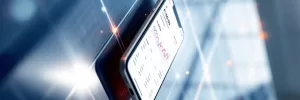
How Businesses Can Offset Carbon Taxes with Solar Power
This article analyzes the latest carbon tax policies and photovoltaic deduction strategies, helping European businesses legally reduce taxes, increase profits through solar investment, and achieve a win-win situation for both economy and environment.

Forecast and Response: Seizing the Next Decade’s Growth Dividend in Europe’s Commercial and Industrial Photovoltaics Market
Maysun Solar analyzes the growth trends of commercial and industrial photovoltaics in Europe over the next ten years, from policies and ESG to technological innovation, helping companies seize the initiative in the energy transition.

How to Calculate Solar System ROI and Optimize Long-Term Returns?
Solar power is becoming a key solution for businesses to reduce costs and improve efficiency. Accurately calculating ROI and optimizing long-term returns are essential to maximizing investment value.

